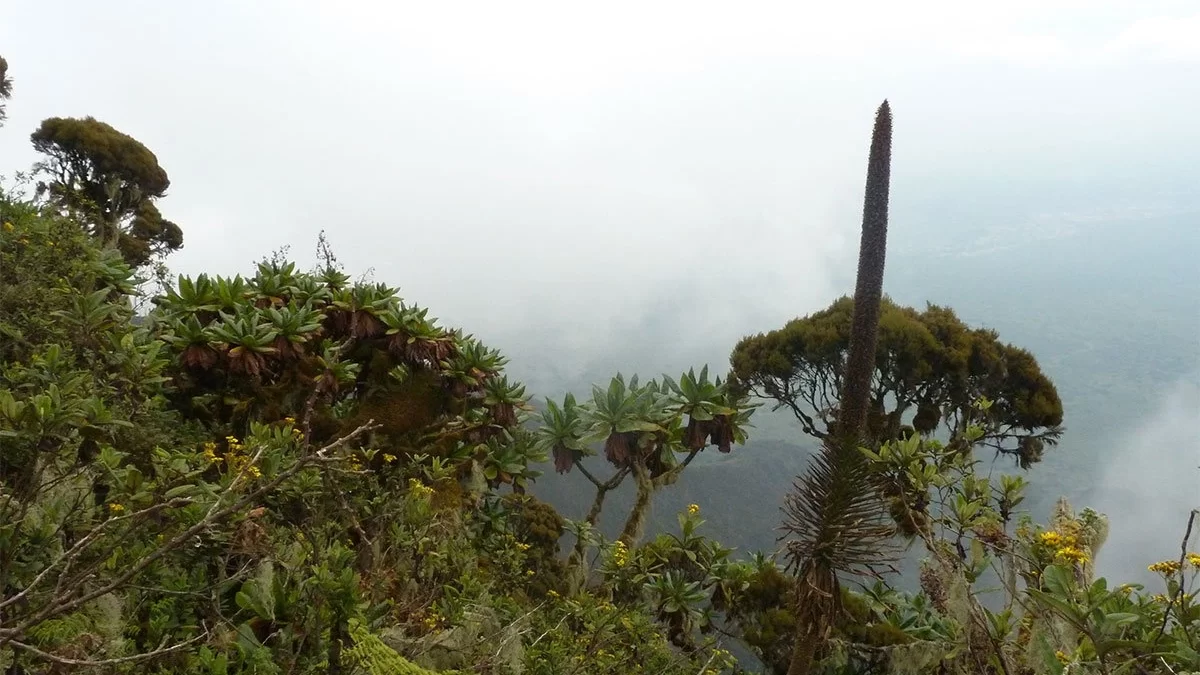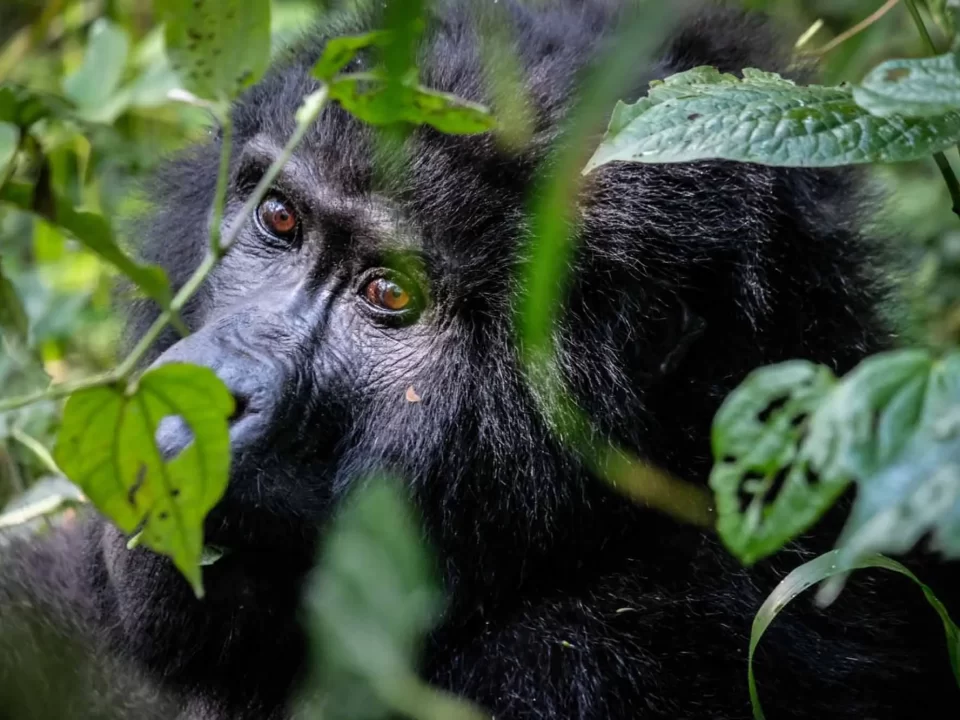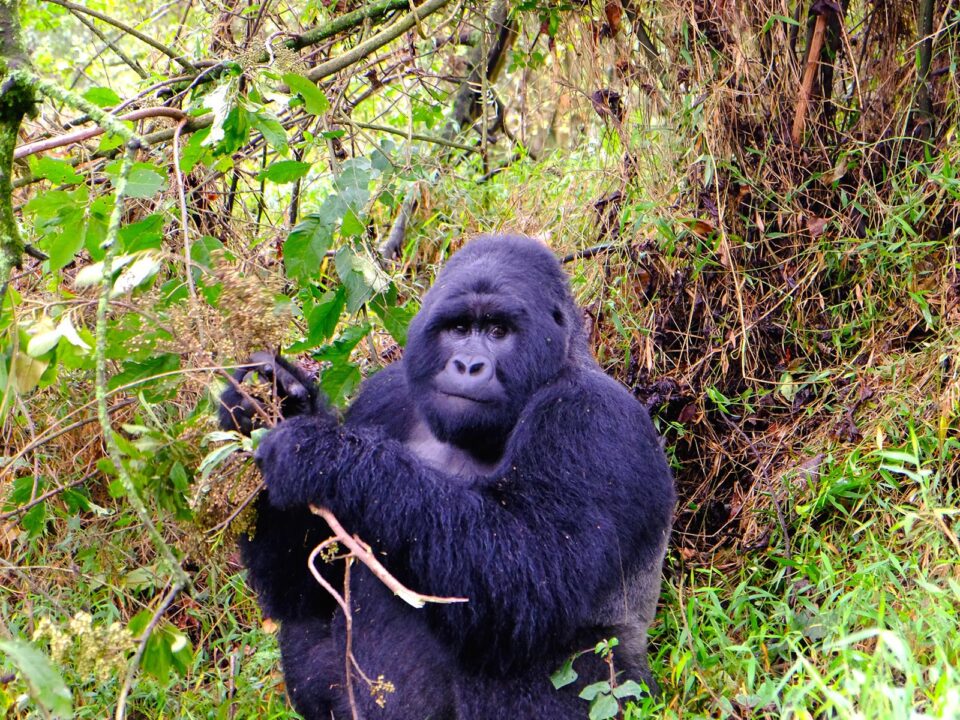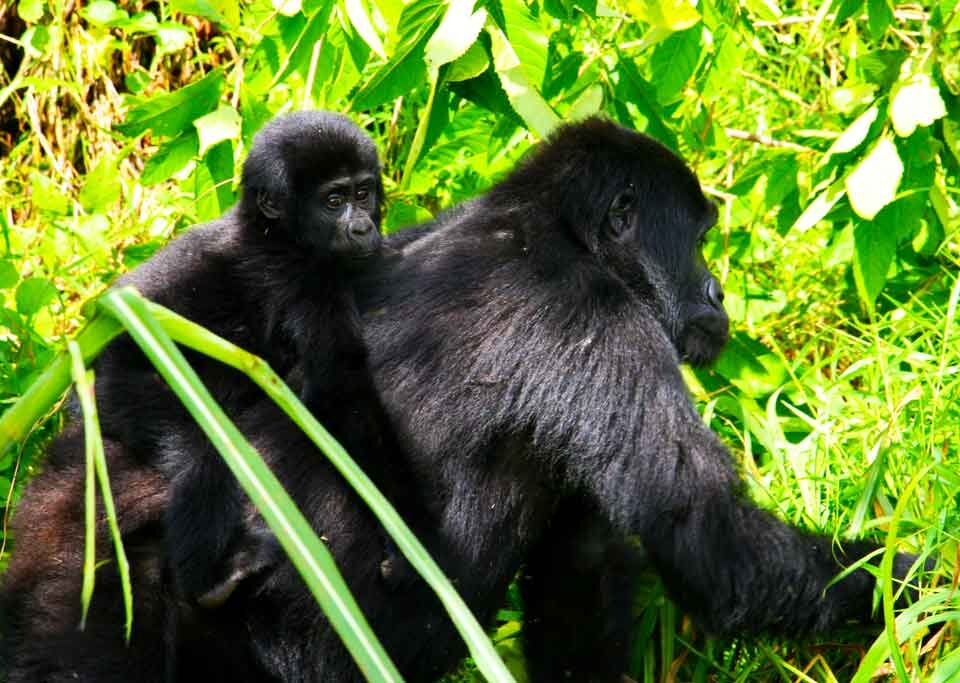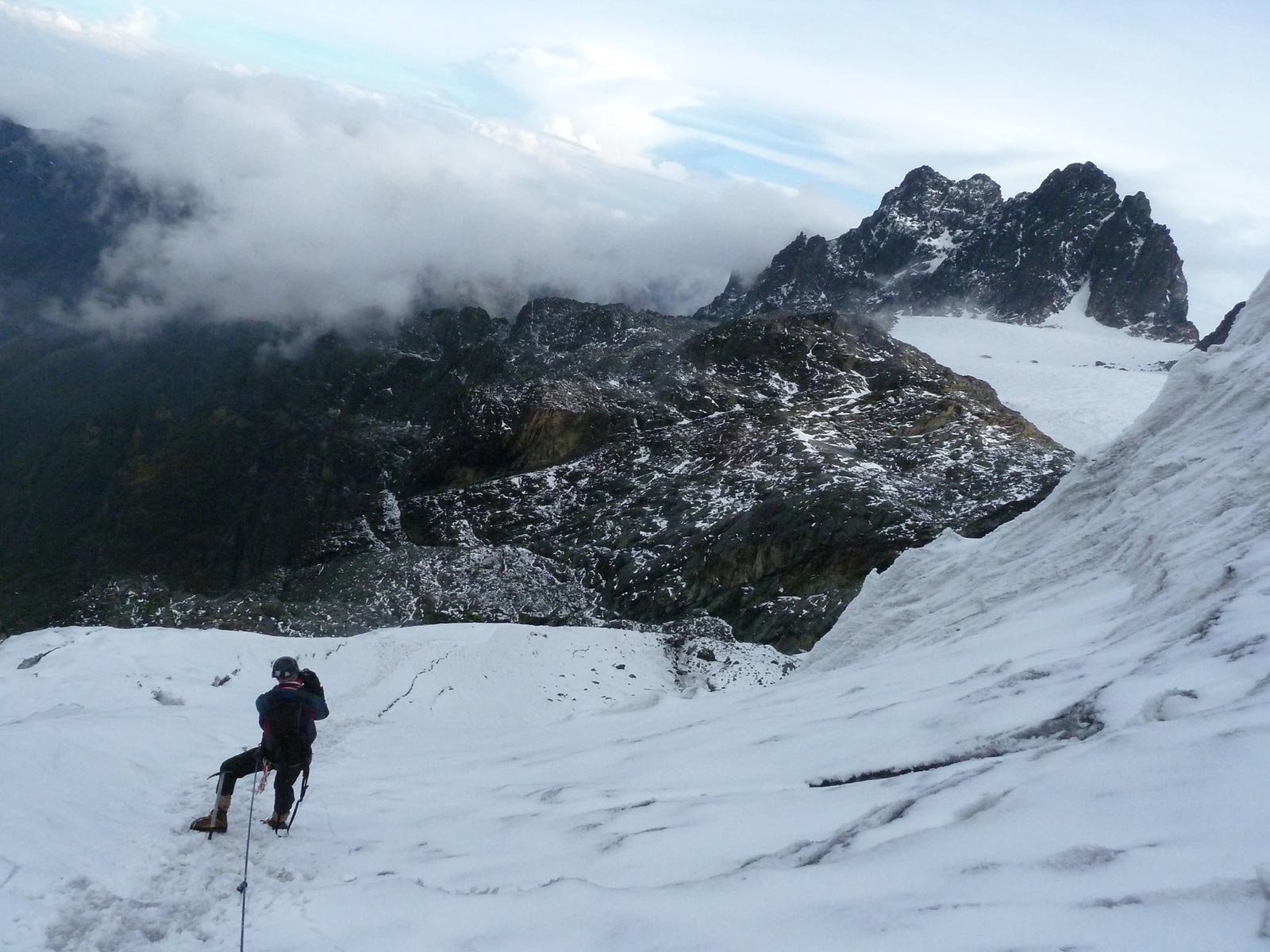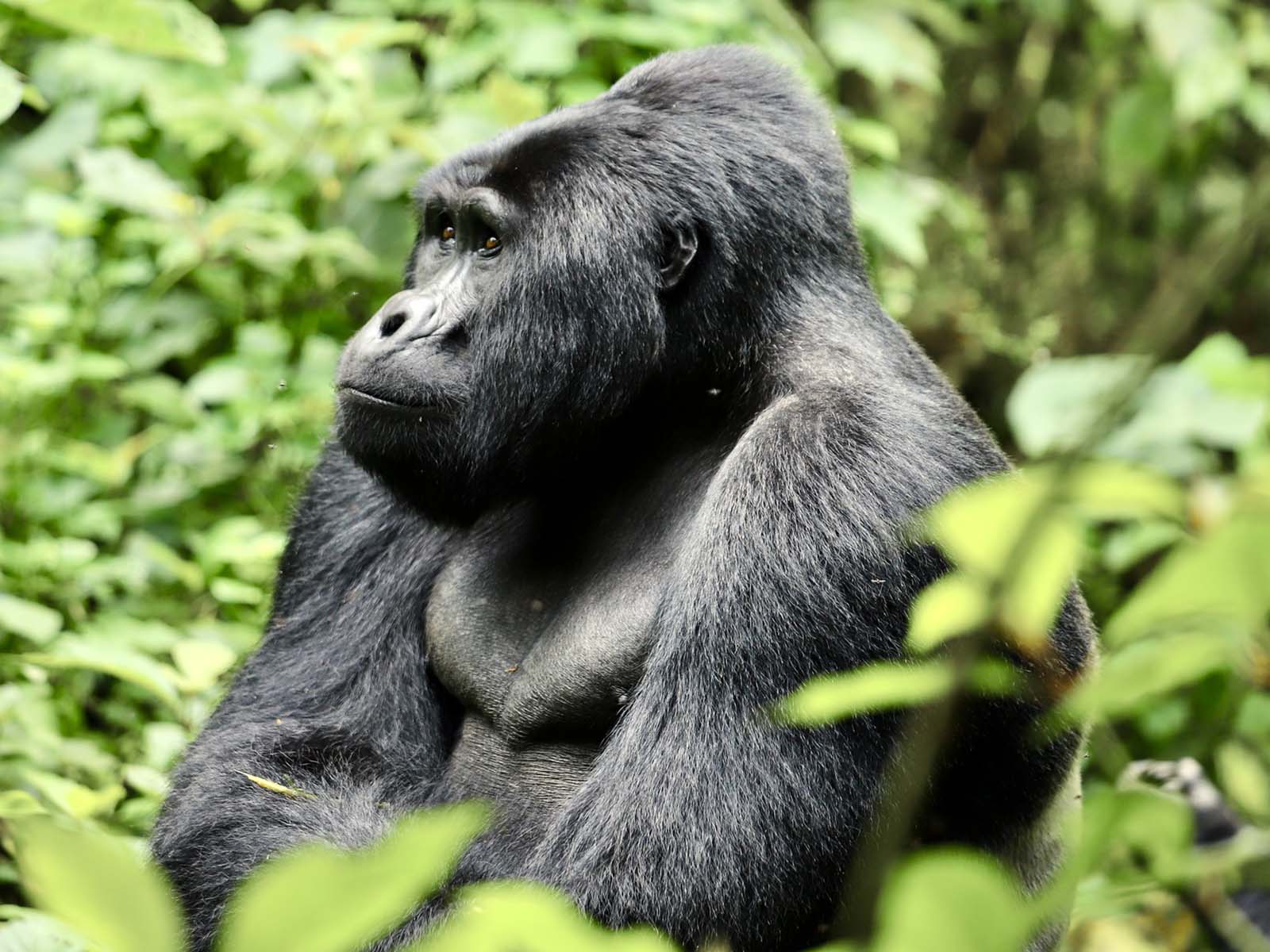Exploring the Remarkable Vegetation of Mgahinga Gorilla National Park
Nestled in the heart of Uganda, Mgahinga Gorilla National Park offers an extraordinary natural tapestry that beckons adventurers to uncover its hidden wonders. This incredible park boasts a unique climate that nurtures a captivating sub-alpine zone, characterized by two distinct regions: the moorland zone and the Afro-montane belt, both devoid of towering trees. Instead, the landscape is adorned with ground-hugging plants that have adapted to thrive in the crisp, refreshing air of this high-altitude haven.
In these enchanting realms, the sighting of larger mammals is a rare occurrence, yet small and agile rodents scurry in their pursuit of insects. Above, delicate butterflies gracefully flutter over rare blossoms, and raptors elegantly soar on the thermals, surveying the breathtaking terrain below.
Mgahinga Gorilla National Park reveals an Afro-montane forest, a vegetation type covering the smallest area of any on the continent. Within its bounds, woodlands dominate, with only a small pocket of pristine montane forest persevering at the base of Mount Muhabura, a last bastion of ecological purity following encroachments in the 1950s. Montane woodlands are marked by their open, canopied forest with lush ground cover.
The lower slopes are a haven for wild herbs and shrubs, while on the fringes of this verdant realm, tamed gardens from the 1980s encroachment have grown into thickets and grasslands. The surviving vegetation valiantly withstands the impacts of tree cutting by the local farmers, and although much was lost, pockets of life endure. This lower zone serves as the preferred habitat for myriad small mammals, offering them refuge from their predators and an abundant bounty of nourishment concealed within the undergrowth. Here, the ground is adorned with a tapestry of grasses, mosses, lichen, and liverworts.
Venturing beyond the montane forest, one discovers the captivating bamboo zone, which blankets approximately 60% of the park’s terrain. This zone thrives at altitudes ranging from 1,800 to 3,300 meters (5,900–10,800 feet) and is crowned by bamboo, which typically reaches heights of 3 to 4 meters (10–13 feet). The bamboo is heavily utilized by herbivores, and only the most robust shoots survive the relentless grazing. This resource is not limited to wildlife; humans also find valuable uses for bamboo, crafting ropes, bee hives, and furniture from its resilient fibers.
This expansive zone serves as the habitat of choice for larger mammals, and the bamboo-covered slopes beneath 1,800 meters are a key territory for mountain gorillas and other herbivores feasting on the surrounding grasslands. The higher slopes provide refuge for the rare and enchanting golden monkeys, a species exclusive to the Virunga mountain range. Many travelers seek to understand the fascinating vegetation of Mgahinga Gorilla National Park, preparing themselves thoroughly before embarking on enthralling gorilla trekking safaris in this remarkable corner of the world.

